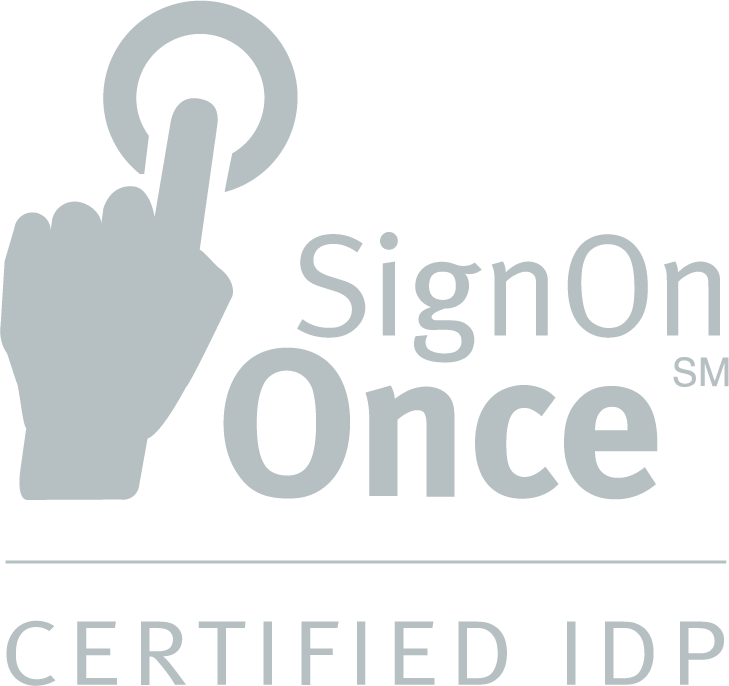There’s a common maxim in tech: “Data isn’t a destination—it’s a journey.”
More and more independent agency leaders are starting their data journey. Agencies are taking advantage of the data-driven world with easier communication and information-sharing with carriers, offering better client service through instant quoting and speeding up claims processing. And they’re adopting solutions that allow them to analyze sales data to get growth insights, identify lines of business to pursue, and get a better understanding of their clients’ needs. By using data as an asset, agencies can gain a competitive edge.
Chart a course: Understanding the data maturity curve
Another phrase helps describe the data journey: “Wherever you go, there you are.” So where are you? The first step in making better use of data is to figure out where you’re starting from.
Agencies can map their place on the data maturity curve, which outlines the path from being completely in the dark to being a data guru. Models vary, but broadly, the maturity curve looks like this:
- Unaware: An agency is collecting data, but doesn’t recognize its potential.
- Aware: Leaders understand the value of data and begin exploring use cases.
- Defined: A strategy is in place, and pilot projects might be underway.
- Implemented: Data is integrated into business processes and decision-making.
- Optimized: Data drives innovation. The agency is continuously improving.
An agency’s place on the maturity curve should also include several categories. An organization might have solid data governance policies to secure data but still be exploring data analytics tools to inform business decisions. In other words, there might be policies implemented in one area but only gaining awareness of other uses.
Once you’re able to assess what level of maturity your agency is, the next step forward involves making a strategy—identifying the starting point, what the next step is, and how far to go.
Step forward: How to put existing data to work
- Client and policy data can open paths for cross-selling or upselling coverage.
- Policy data and sales activity can highlight overexposure with specific carriers or room for agency growth.
- Service interactions and marketing data can help lead to better customer service and more client touch points, ultimately helping with client retention.
All that data isn’t helpful without a way to analyze it. There are many tools to take advantage of this—some are already commonplace in agencies. An AMS should already have a dashboard to see trends and track KPIs quickly. A CRM can track sales data and automate many parts of the sales and renewal process.
Further integrations can help with specific functions or niche lines of coverage. For example, DataFix by Synatic helps with data cleansing, and LeO helps identify growth opportunities within an existing book of business.
Make continuous progress
However agencies decide to progress their data journey, it’s useful to recognize they’re already on it.
Progress happens through improving how data is used and advancing improvements, whether that’s finding new opportunities for cross-selling, automating renewal reminders, or reviewing data entry accuracy.
The key is to focus on progression, not perfection.
Learn more about how to navigate your agency’s data journey from Vertafore’s Brian Comerford in this episode of the Vertafore Insurance Podcast.


